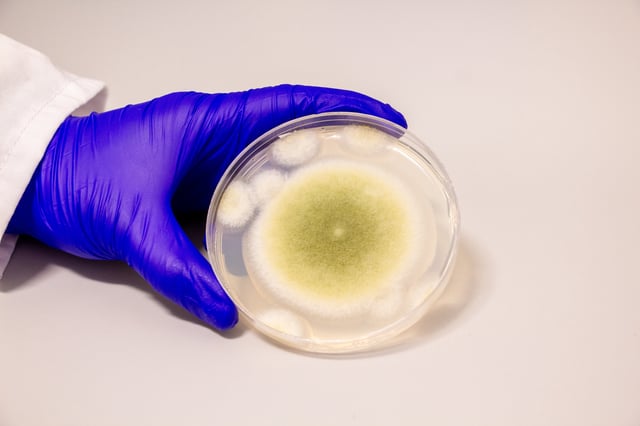Overview
- At the University of Pennsylvania, researchers isolated four RiPP molecules from Aspergillus flavus and named them asperigimycins
- Two asperigimycin variants showed strong activity against leukemia cells, and a lipid-enhanced form matched the efficacy of cytarabine and daunorubicin in vitro
- Asperigimycins block microtubule formation to halt cancer cell division while sparing other cancer and noncancer cells
- Researchers pinpointed the SLC46A3 gene as essential for asperigimycin entry into leukemia cells, revealing a gateway for cyclic peptide delivery
- Similar RiPP gene clusters have been found in other fungi and asperigimycins are set to undergo animal studies before human trials



